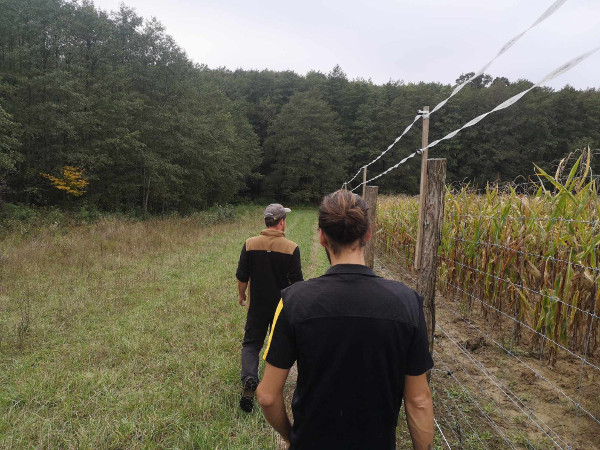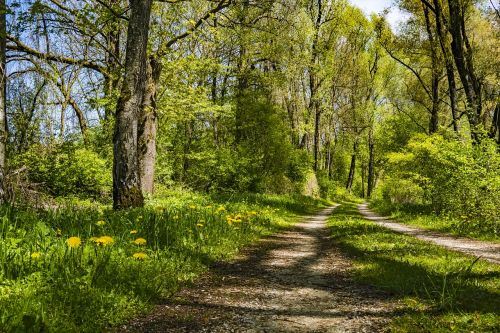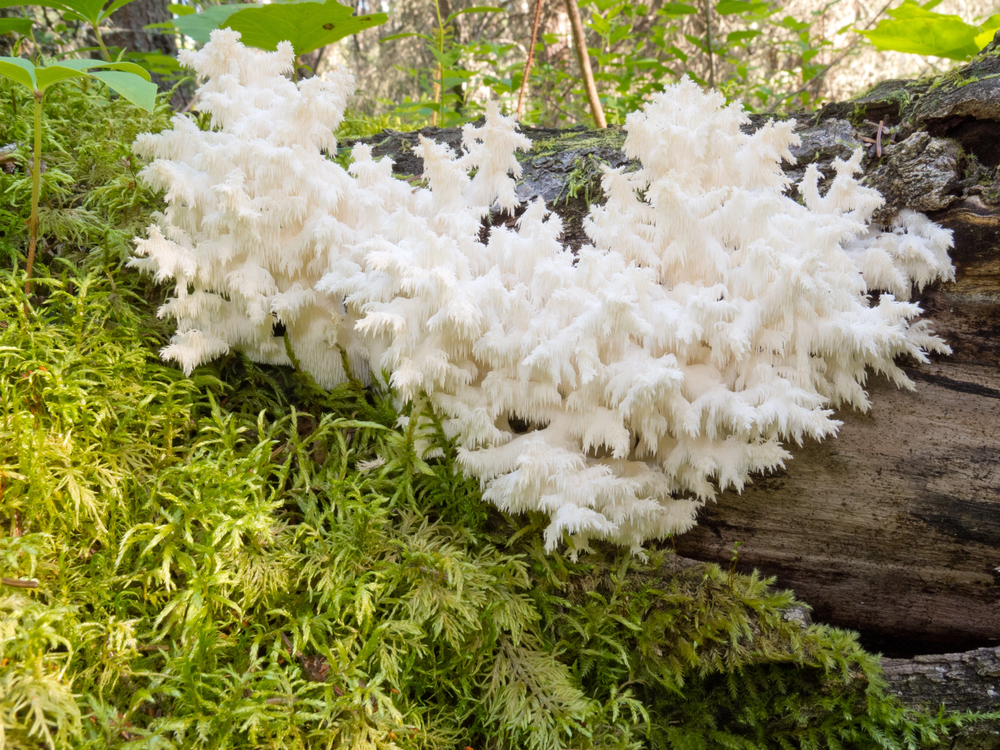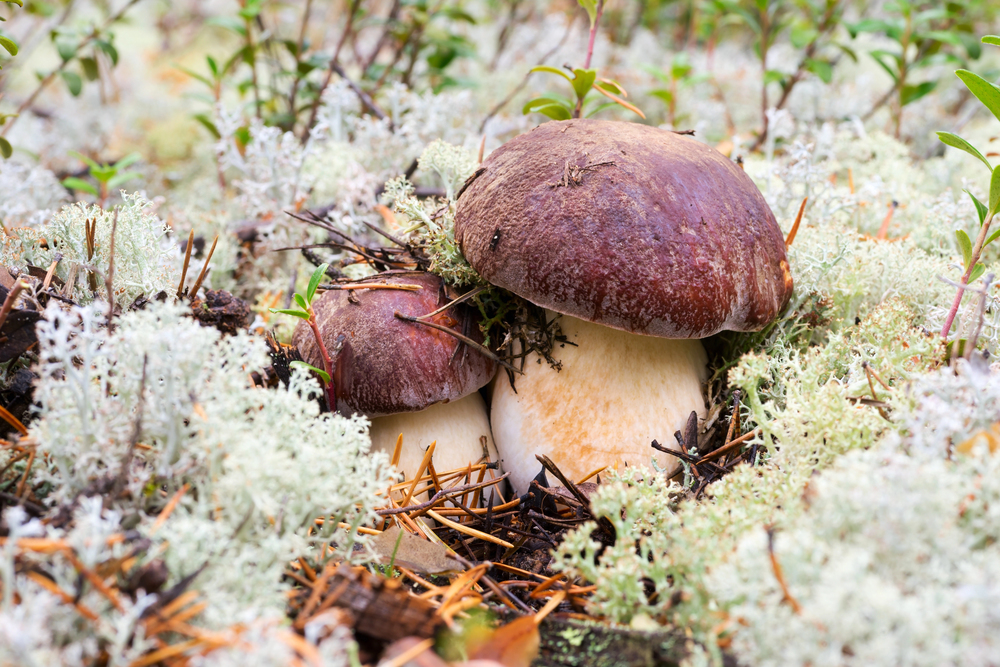Sustainable mushroom foraging requires knowledge and responsibility, playing a key role in maintaining ecological balance. Understanding local regulations, accurately identifying edible species, and using safe harvesting techniques are foundational to this practice. Mindful harvesting and the use of appropriate tools are equally important. However, many foragers overlook aspects that can significantly impact their experience and the environment. Exploring these subtleties can enhance your foraging skills and support the longevity of our natural ecosystems.
Understand Local Regulations
Before embarking on a mushroom foraging expedition, it’s important to familiarize yourself with local regulations that govern the activity. These rules can vary widely by location, and understanding them is essential for legal compliance and the sustainability of local ecosystems. Many regions have specific restrictions on where and how much you can forage, sometimes designating certain areas or requiring permits.
Certain mushroom species may also be protected due to their ecological significance or rarity. Practicing responsible foraging helps preserve the environment and fosters a sense of community among foragers. By following local laws, you contribute to the health of your foraging grounds, ensuring that future generations can enjoy the same opportunities.
In addition to legal aspects, being aware of the ethical implications of foraging is important. Overharvesting can deplete mushroom populations and disrupt local ecosystems. Therefore, understanding regulations empowers you to forage responsibly, allowing you to explore nature while also protecting it. A well-informed forager plays a vital role in promoting a culture of sustainability.
Identify Edible Mushroom Species
Understanding local regulations is essential for a responsible foraging experience. The next step is accurately identifying edible mushroom species. Foraging comes with the responsibility of ensuring that what you collect is safe to consume. Familiarize yourself with local edible mushrooms by consulting field guides or reputable online resources that provide detailed descriptions and photographs.
Begin by learning the key characteristics of edible varieties, including size, shape, color, and habitat. Pay attention to distinguishing features such as gills, stem texture, and spore print color, as these can help differentiate between edible and toxic species. Joining local mycology clubs or foraging groups can also enhance your knowledge and provide valuable hands-on experience.
Practice mindfulness during your foraging excursions; take your time and don’t rush the identification process. When in doubt, consult an expert or leave the specimen behind. Embracing the art of identification not only ensures a safe culinary experience but also fosters a deeper appreciation for nature’s diversity. Remember, the thrill of foraging lies in the journey of exploration as much as in the final harvest.
Related Articles
Learn Safe Foraging Techniques
Safe foraging techniques are essential for personal safety and environmental sustainability while collecting mushrooms. Understanding the terrain, knowing your tools, and practicing awareness can enhance your foraging experience.
A methodical approach can help avoid common pitfalls in mushroom hunting. Below is a guide to key safety techniques:
| Technique | Description |
|---|---|
| Research Local Species | Familiarize yourself with the edible varieties in your area, including any look-alikes. |
| Use Proper Tools | Equip yourself with a knife, basket, and a field guide to streamline the foraging process. |
| Forage with a Buddy | Always go foraging with a companion to boost safety and share knowledge. |

Harvest Responsibly and Mindfully
Responsible and mindful harvesting is essential for maintaining the delicate balance of ecosystems while foraging for mushrooms. When searching for these culinary treasures, consider the impact of your actions on the environment. Approach foraging not just as a pursuit of personal gain, but as an opportunity to engage with nature respectfully.
To harvest responsibly, take only what you need and leave plenty behind for the ecosystem to thrive. Aim to collect no more than 20% of a specific mushroom patch to ensure enough spores remain for future growth. This practice sustains mushroom populations and benefits the myriad organisms that rely on them.
Additionally, be mindful of the surrounding flora and fauna. Avoid trampling plants and disturbing wildlife habitats while foraging. Use clean tools and handle mushrooms gently to minimize damage. By embracing these practices, you help preserve nature’s bounty, allowing others to enjoy mushroom hunting for generations to come.
Use Sustainable Foraging Tools
Choosing the right tools for mushroom foraging enhances your harvest and benefits the ecosystem. Sustainable foraging tools improve your experience in the wild and promote responsible harvesting practices.
A quality knife is essential for cutting mushrooms at their base, reducing damage to the mycelium. Look for a knife with a broad, sharp blade and a comfortable handle. Additionally, use a basket or mesh bag for collecting your finds, as these allow for air circulation and prevent dampness that can spoil your harvest.
Avoid plastic bags, as they trap moisture and can harm the mushrooms. Instead, opt for biodegradable alternatives that align with your commitment to nature. A brush can also be useful for gently cleaning dirt off mushrooms without bruising them, preserving their quality and appearance.
Preserve Natural Habitats
Sustainable mushroom foraging hinges on preserving natural habitats, as the health of fungi is deeply intertwined with the surrounding flora and fauna. Foragers should engage in their activities with respect for nature’s delicate balance. This includes avoiding overharvesting, which can deplete mushroom populations and disrupt ecological relationships.
To minimize soil compaction and protect undergrowth, it’s essential to stick to established trails and paths. This practice fosters habitat regeneration and ensures a sustainable supply of mushrooms for future generations. Additionally, focus on foraging in areas rich with mushrooms, leaving less populated sites undisturbed.
Employing responsible foraging techniques, such as cutting mushrooms at their base with a knife instead of pulling them out by the roots, can significantly lessen environmental impact. By nurturing a deep respect for natural habitats, foragers can enhance their experience while supporting a healthy, flourishing ecosystem for all its inhabitants.
Monitor Ecosystem Health
Monitoring ecosystem health is essential for sustainable mushroom foraging, as it helps foragers understand the environmental context in which fungi thrive. A healthy ecosystem supports diverse fungal species, contributing to nature’s intricate balance. Foragers should take a proactive approach to assess the vitality of their foraging grounds.
Here are three key indicators to monitor:
- Biodiversity: Observe the variety of plant and animal species present. A rich biodiversity often indicates a robust ecosystem. The presence of various flora can also signal suitable conditions for specific fungi.
- Soil Quality: Assess soil conditions such as texture, dampness, and nutrient levels. Healthy soil is fundamental for fungi growth, providing critical nutrients and a stable environment.
- Water Sources: Monitor the availability and quality of water in the area. Adequate dampness is vital for fungi, and clean water sources contribute to a thriving ecosystem.
Avoid Overharvesting
Overharvesting can significantly disrupt fungal populations and the ecosystems that support them. When foragers take more mushrooms than can be naturally replenished, they risk depleting local resources, leading to diminished biodiversity and the potential collapse of fragile ecosystems. Responsible foraging practices are essential to maintain the balance between human enjoyment of nature’s bounty and the preservation of these vital organisms.
To avoid overharvesting, foragers should adopt a sustainable mindset, aiming to leave enough mushrooms in their natural habitat to ensure their continued growth and reproduction. A general guideline is to harvest no more than one-third of a given mushroom population; this allows the remaining specimens to thrive and produce spores for future generations. It’s important to consider the age and health of the mushrooms as well; mature specimens should be prioritized for harvesting, while younger ones can be left to grow.
Understanding the specific growth patterns and seasonal cycles of local species can help foragers make informed decisions about when and how much to collect. By practicing restraint and respecting nature’s rhythms, we can enjoy the freedom of foraging while safeguarding the ecosystems that sustain us.
Educate Others on Foraging
Sharing knowledge about sustainable mushroom foraging fosters a community that respects and protects natural resources. By educating others, we encourage a culture that values responsible harvesting practices, ensuring our forests remain bountiful for generations to come. Empowering fellow foragers enriches their experience and promotes a deeper understanding of ecological balance.
To effectively share your knowledge, consider the following steps:
- Host Workshops: Organize informal gatherings where enthusiasts can learn about identification, harvesting techniques, and the importance of sustainability in foraging. Hands-on experiences enhance deeper learning.
- Create Informative Materials: Develop pamphlets or online resources that outline best practices for foraging. Include vital information about local species, their habitats, and sustainable harvesting methods.
- Engage in Community Discussions: Join local conservation groups or online forums to discuss the benefits of sustainable foraging. Sharing personal stories and experiences can inspire others to adopt responsible practices.
Keep a Foraging Journal
Keeping a foraging journal is a valuable practice for anyone interested in sustainable mushroom foraging. This tool not only records your foraging adventures but also deepens your understanding of the ecosystems you explore. By documenting your findings—species, locations, weather conditions, and time of year—you can track patterns over time, enhancing your foraging skills and knowledge.
In your journal, note the characteristics of each mushroom, including its habitat, associated flora, and unique identifiers. This meticulous approach fosters a greater appreciation for biodiversity and the delicate balance within nature. Additionally, recording your experiences helps you identify locations that yield sustainable harvests year after year, reducing the risk of overharvesting.
A foraging journal also serves as a platform for reflection. Documenting your thoughts and feelings about your experiences cultivates a deeper connection to the land and its offerings. Embrace the freedom this practice brings, guiding you toward responsible foraging while promoting sustainability. Ultimately, your journal becomes a personal testament to your journey through the fascinating world of mushrooms.



